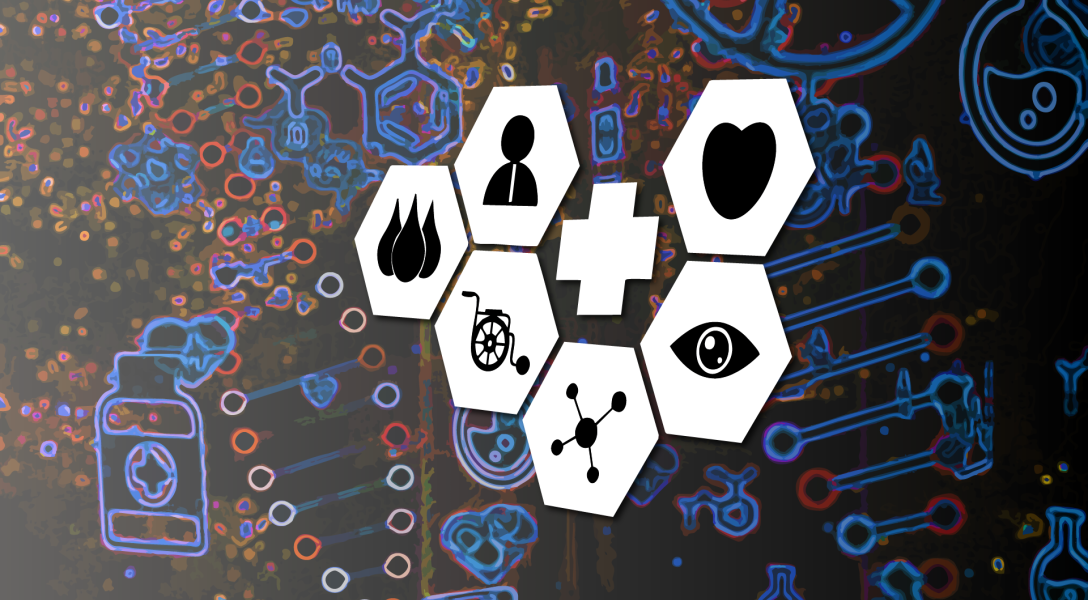Telling the difference between benign and cancerous thyroid nodules before surgery is notoriously challenging, but a new study finds that a combination of artificial intelligence and data analysis techniques may yield surprisingly accurate cancer predictions.
The proof-of-concept study was conducted by researchers from the Cornell Ann S. Bowers College of Computing and Information Science and the Icahn School of Medicine at Mount Sinai.
The team trained machine learning models to identify thyroid cancer using thyroid ultrasound images and a type of modeling called topological data analysis (TDA) that captures shape and pattern information from the ultrasounds. They showed that this approach was a strong improvement over the use of only basic features of ultrasounds to predict thyroid cancer. If these findings hold true in larger studies, the approach could be combined with traditional risk assessment methods to better advise patients and possibly prevent unnecessary surgeries.
“A lot of what we're trying to do is improve our ability to counsel patients preoperatively and to counsel patients with cancer about their risk for recurrence,” said senior author Denise Lee, assistant professor of surgery at Icahn School of Medicine at Mount Sinai.
The study, “A Proof-of-Concept Investigation into Predicting Follicular Carcinoma on Ultrasound Using Topological Data Analysis and Radiomics,” is published in the journal Imaging.
“The promise of these statistical methods in medicine is finding shape-like features that reliably occur, but in different patterns across very different patients,” said co-author David S. Matteson, professor of statistics and data science in Cornell Bowers CIS, and of social and economic statistics in ILR.
Incidentally discovered thyroid nodules have become more common due to the increase in routine imaging. The process of categorizing a patient's risk begins with ultrasound, fine needle aspiration biopsy, and molecular testing. However, a number of cases yield unclear results, leading to surgery for a definitive diagnosis. This leads to up to a quarter of patients undergoing surgery for benign disease.
“There can be so much subjectivity in interpreting ultrasounds, and that's one of the areas that we struggle with,” Lee said. “The idea for this study was, can we use AI or TDA to standardize features of these ultrasounds and come up with predictions that are accurate in a more standardized fashion?”
Other researchers have attempted to predict cancer from ultrasound images using deep learning models that function like a black box – they take in unknown features from ultrasound images and yield a prediction that can’t be easily explained.
One of the benefits of using TDA is that the identified features can be easily tracked back to the ultrasound, researchers said.
“The features we use in this study are relatively interpretable,” said first author Andrew Thomas, formerly a postdoctoral researcher at Cornell and now an assistant professor of statistics and actuarial science at the University of Iowa. “They can be read off in a similar way to measuring the number of calcifications, the larger cystic black regions, or the irregularity of the border of the thyroid on an ultrasound – all of these are captured via TDA.”
TDA takes into account shape features by transforming a grayscale ultrasound into a series of binary black and white images. Starting with the darkest pixel in each image, the method sets a threshold, above which all pixels are white. Then the threshold sequentially rises so that ever-lighter pixels are coded as black, until the dark masses grow and connect and the lighter spots gradually shrink and wink out. This series of black and white images yields information about the connectivity of the different regions in the thyroid, which can indicate an individual’s cancer risk.
This method showed 91% sensitivity in identifying cancer when present and 71% specificity in correctly identifying benign nodules. In contrast, models without TDA, which were based on radiomics – basic features of the ultrasounds, like brightness or texture – yielded predictions with much lower accuracy, correctly identifying true benign cases 43% of the time. Models using TDA also performed better than some previous attempts using deep learning.
Now the researchers are applying this method to a larger collection of thyroid ultrasounds to further explore its use in predicting cancer risk. They expect this approach could be applied to other types of medical imaging and for different types of cancer.
Recently, Thomas and Matteson used TDA to quantify dynamics in microscopic images of metal nanoparticles denoised with deep learning.
“Science is really the study of order and chaos,” Thomas said. “That’s what we’re trying to get at here, but in a way that’s a little bit more interpretable.”
Grace Deng, Ph.D. ’22, and Yuchen Xu, Ph.D. ’22, both formerly of Cornell, and Ann Lin, Gustavo Fernando Ranvier, and Aida Taye of the Icahn School of Medicine also contributed to the study.
This work received funding from the National Science Foundation.
By Patricia Waldron, a writer for the Cornell Ann S. Bowers College of Computing and Information Science.



